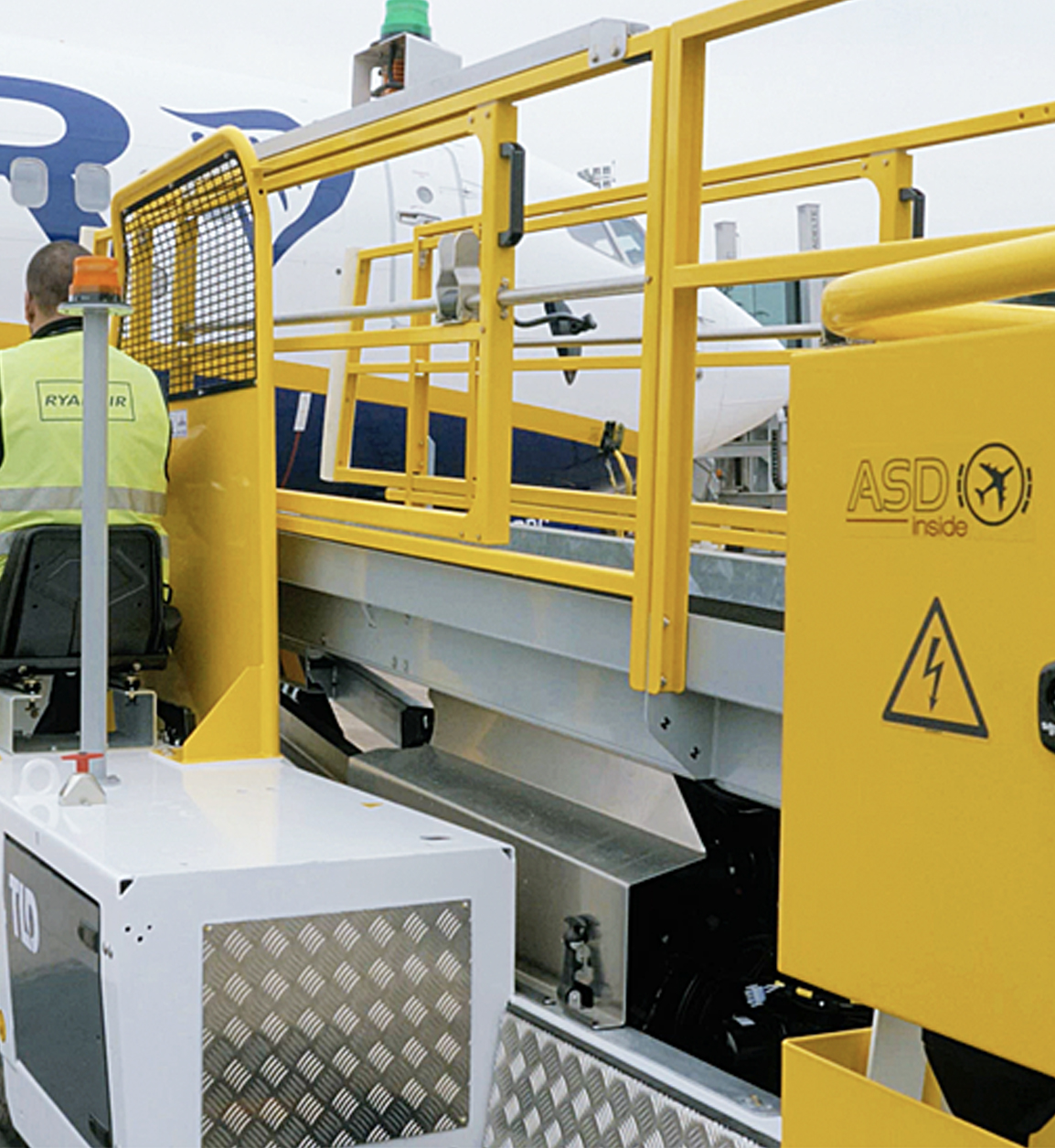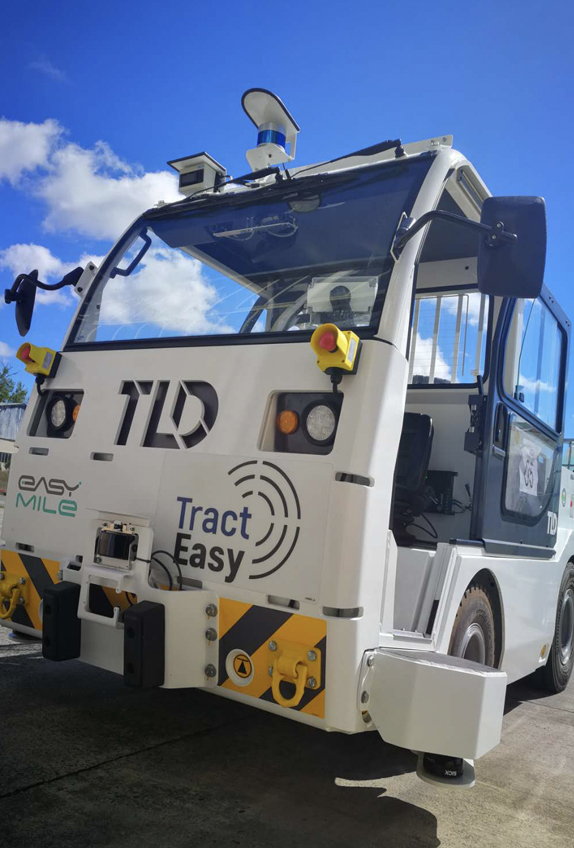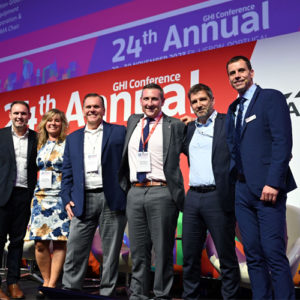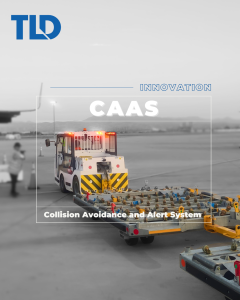Growing autonomous operations is a critical pillar for a leaner aviation. Not only it will bring efficiency and reduce costs for the Ground Handlers, but it will also increase safety and reduce the human factor. The autonomous journey is not starting with driverless vehicles, but with driving supervision (Level 1), going to ADAS (Assistance or Level 2 & 3) to finish with Driverless vehicles (Level 4).

Automation
Level 4 Automation
While the complexity of implementation, and the technology involved, increase with the level of automation, each and every step is making sense financially and operationally and no one need to reach Level 4 automation to start getting benefit from that technology
1) GSE Supervision
In 2014, TLD Introduced the ASD® (Aircraft Safe Docking) to address the latest expectation of the ISAGO listed in the AHM. Those expectations were initially addressing the introduction of Carbon fiber aircrafts, but are also allowing to reduce the Aircraft damages.
In 2021, TLD is introducing its newest version of the ASD®, the ASD 2.0 including the “No Touch” feature, stopping the GSE at a fixed distance from the aircraft, acting as a virtual safety bumper

Automated Docking
2) GSE Assistance
Docking a loader to an Aircraft is today one of the most exposed ground handling process. Supervision is a must, but automatic docking, via an ADAS (advanced driver-assistance systems) will allow to remove the human factor from the equation and reducing cost, while avoiding marshalling.
In 2020, TLD has launched the ASD+®, an Automatic Docking system for the 7T and 15T loaders), based on SAE standard aircraft targets. ASD+® is now in service and demonstrated its efficiency.
Why targets : Because today reliability of the process is second to none, and positive acquisition of targets is avoiding false positive tracking potentially leading to an even less safe process than with the system.














